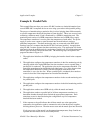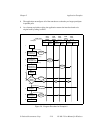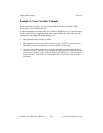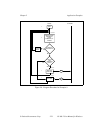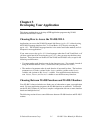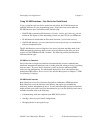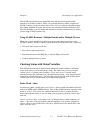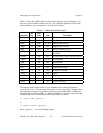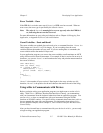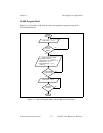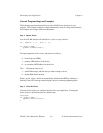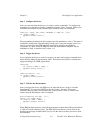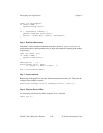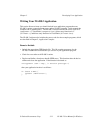
Developing Your Application Chapter 3
NI-488.2 User Manual for Windows 3-4 © National Instruments Corp.
Table 3-1 shows the condition that each bit position represents, the bit mnemonics, and
the type of calls for which each bit can be set. For a detailed explanation of each of the
status conditions, refer to Appendix A, Status Word Conditions.
Mnemonic
Bit
Pos.
Hex
Value Type Description
ERR 15 8000 dev, brd GPIB error
TIMO 14 4000 dev, brd Time limit exceeded
END 13 2000 dev, brd END or EOS detected
SRQI 12 1000 brd SRQ interrupt received
RQS 11 800 dev Device requesting service
SPOLL 10 400 brd Board has been serial polled by
Controller
EVENT 9 200 brd DCAS, DTAS, or IFC event has occurred
CMPL 8 100 dev, brd I/O completed
LOK 7 80 brd Lockout State
REM 6 40 brd Remote State
CIC 5 20 brd Controller-In-Charge
ATN 4 10 brd Attention is asserted
TACS 3 8 brd Talker
LACS 2 4 brd Listener
DTAS 1 2 brd Device Trigger State
DCAS 0 1 brd Device Clear State
The language header files included on your distribution disk contain the mnemonic
constants for ibsta . You can check a bit position in ibsta by using its numeric value
or its mnemonic constant. For example, bit position 15 (hex 8000) detects a GPIB error.
The mnemonic for this bit is ERR. To check for a GPIB error, use either of the following
statements after each NI-488 function and NI-488.2 routine as shown:
if (ibsta & ERR) gpiberr();
or
if (ibsta & 0x8000) gpiberr();
where gpiberr() is an error handling routine.
Table 3-1. Status Word (ibsta) Layout




